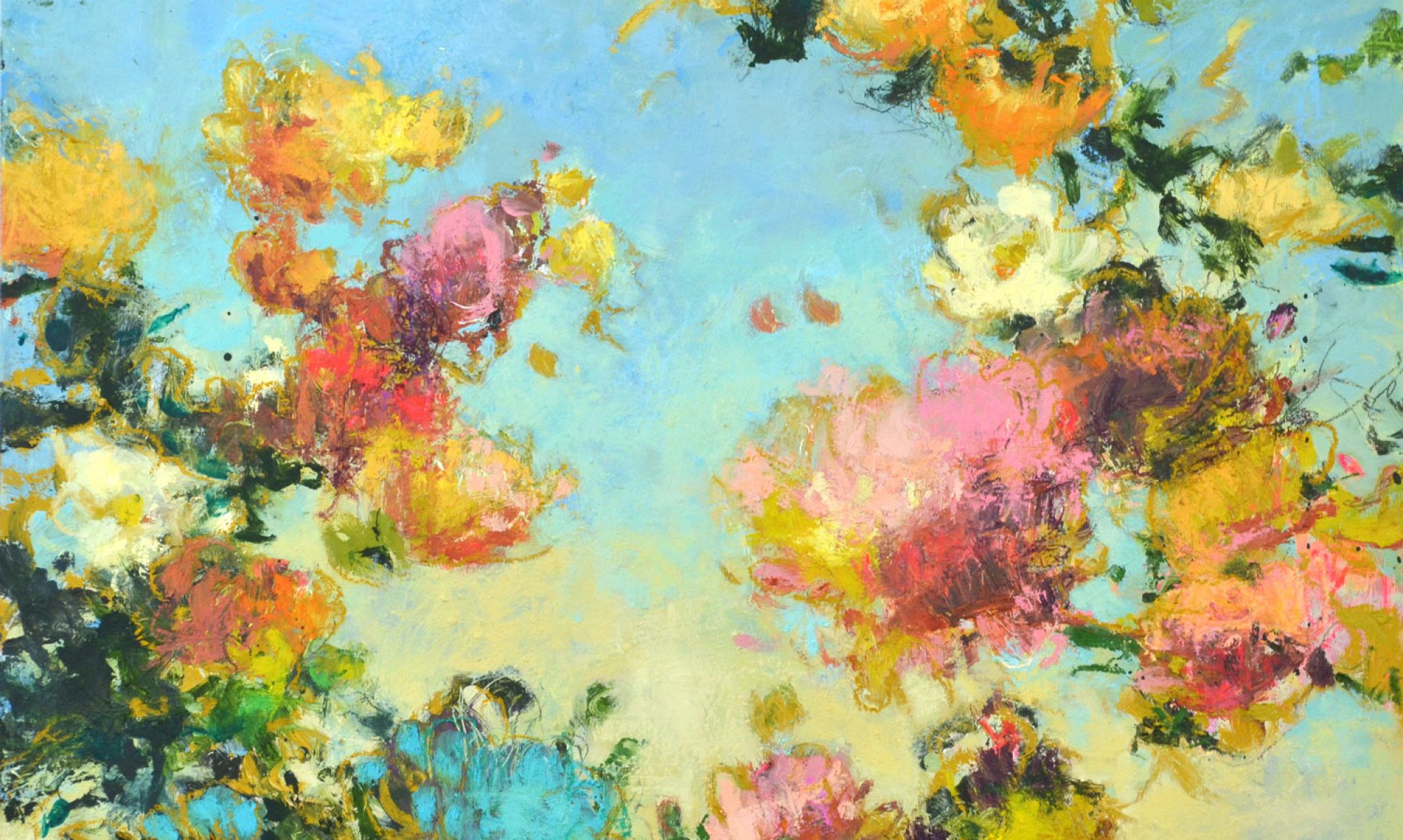
What is Encaustic painting?
Encaustic may seem like a new term, but it is in fact a very ancient form of painting — it has been in existence since 5th century B.C. Greece. The word “encaustic” means literally “to burn in” in Greek. Happily, the medium has experienced resurgence in popularity over the past few decades.
So how does encaustic painting work… just how does one paint with wax?
Encaustic medium consists of beeswax melted with a small amount of resin. Pigment is then added to molten wax medium to create a form of paint. Painting with encaustic requires the artist to work quickly and deliberately; the wax begins to harden the moment it leaves its heat source. Molten wax is brushed on to a sturdy surface – usually wooden panels. As each layer of wax is applied, it is heated or “fused” to bond it with previous layers. Because heat binds each layer to the one set down before it, an image that may consist of many separate compositional elements will structurally form one mass.
The wax surface may be scraped or incised to reveal underlying layers. Removing and revealing is often as much a part of the process as applying and adding. Many other mediums combine well with encaustic, such as watercolour, ink, graphite, charcoal, collage and image transfer. The possibilities are varied and endless.
But will it melt?
Many people are concerned about this, but encaustic paintings are extremely stable and structurally sound. The wax will not begin to melt until roughly 160 degrees Fahrenheit. As with any type of original artwork, encaustic paintings should not be exposed to extreme heat or cold, and should not be displayed in direct sunlight.
How I paint with encaustic
I make my own wax medium, for which I melt purified beeswax with a small amount of damar resin crystals. The addition of damar creates a harder final product that is glossier, more scratch resistant and has a higher melting temperature. I pour this mixture into muffin tins so I have pucks of wax medium handy when needed.
After priming my wood panel with a couple coats of clear wax, I begin applying layer upon layer of coloured wax, with wide soft brushes; sometimes with a trowel or blade. I fuse each layer with either a propane torch or butane cooking torch. I then begin scratching and incising the surface and rubbing in delicate layers or “veils” of oil paint. My process is intuitive – bordering on random – I may add image transfer or collage in pages from old books, then obscure the images with more layers of wax. Once enough wax is built up, the surface can be gouged or selectively scraped, revealing hidden, underlying elements, creating new and incidental effects – the process at this point is as much about deciding what to add as it is knowing what to edit out; what to preserve. I liken this process to an archeological search or an explorer’s process of discovery – using the known to understand the unknown; observing, moving gradually; methodically; prepared to accept and capitalize on unforeseen occurrences, and allowing the painting to dictate its own course – create its own story.
